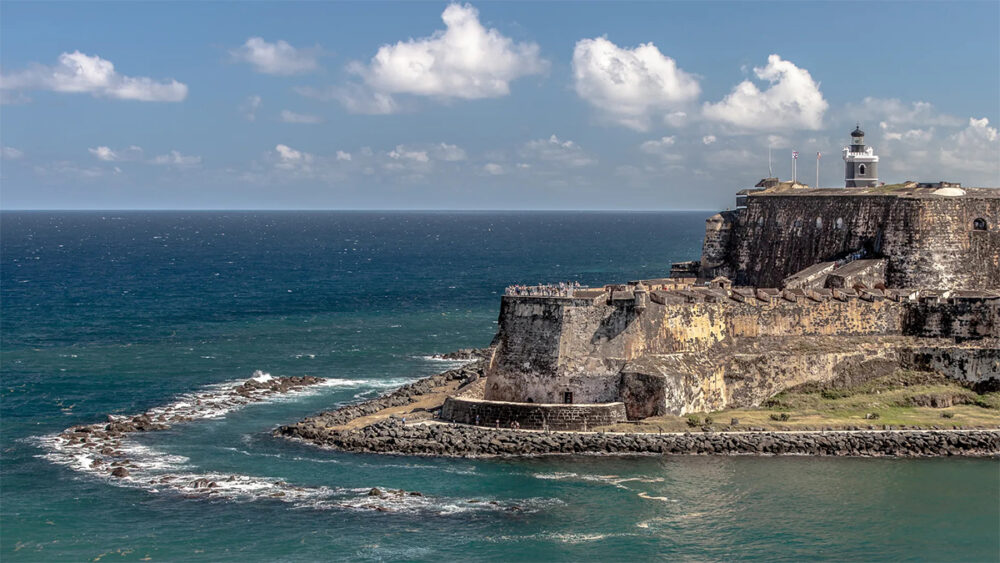
Historic Sites and Landmarks in Puerto Rico
Discover the Hidden Gems: Unveiling Puerto Rico's Must-See Attractions
Puerto Rico is a beautiful island with a rich history dating back centuries. The island is home to many historic sites and landmarks, which offer a glimpse into its past. Is a truly impressive island with many fine natural features, lovely towns and cities and a rich cultural heritage.
Visitors to this friendly island, and the nearby smaller islands, can enjoy wonderful sightseeing tours exploring areas of historical and natural splendor. Puerto Rico’s marvelous landscape is also ideal for numerous outdoor activities.
Whether you are interested in learning about the island’s past or simply enjoying its beauty, you are sure to find something to interest you in Puerto Rico. These are just a few of the many historical sites and landmarks in Puerto Rico.
Most Popular Historic Sites and Landmarks in Puerto Rico
Uncover the Rich History of Puerto Rico: Explore its Iconic Landmarks
Fort San Cristóbal - "Castillo San Cristóbal"
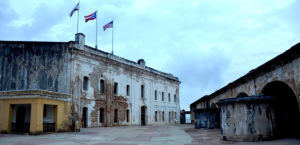
Fort San Cristóbal known as “Castillo de San Cristóbal” is one of the main tourist attractions in Old San Juan. Built from 1634 to 1765, for centuries Fort San Cristóbal has stood guard at the east gate of Old San Juan.
It is the largest fort ever built by Spain in the New World. The imposing "Fort San Cristóbal" was completed in 1785. Its intention was to protect against the invasion of the land, so it was ingeniously designed according to a model of "defense in depth" that created numerous successful barriers against the advance of enemy forces. In 1983, the site was recognized as a World Heritage Site by UNESCO. | Read More →
San Felipe del Moro Castle - "Castillo San Felipe del Morro"

Castle San Felipe del Morro also known as “El Morro”, located at the northwest point of the Old San Juan islet, is considered the most emblematic fortification built by the Spanish in the Americas between the 16th and 18th centuries. Is one of the most picturesque places in the Caribbean with resplendent architecture. It is the most recognized monument and most loved by Puerto Rican families. The fort is a massive structure, divided into six levels, each level has breathtaking views of the Atlantic and colorful walled islets, making it the perfect place for family and photographers. Most of the levels can be reached via various stairs, ramps, and tunnels.
Located on the northwest tip of old San Juan, the San Felipe del Moro Castle was built by order of King Carlos V of Spain. Construction began in 1539 and for 400 years additions were added to keep up with military technology. During the First and Second World War, the US Army occupied the fortress until 1961. In 1983, the fortress was named a World Heritage Site by the United Nations. | Read More →
The Fortress - "La Fortaleza"

The Fortress was built at the beginning of 1500 as the first fortification in the port of San Juan. Built to defend against the invaders, the fort was only conquered twice, once by the British in 1533 and once by the Dutch. Today the fortress is the residence and work offices of the governor of Puerto Rico.
La Fortaleza has been the official residence of 170 governors of Puerto Rico. It is a historic and cultural landmark of great importance to the island. In 1983, it was designated a World Heritage Site by UNESCO as part of the “La Fortaleza and San Juan National Historic Site”. | Read More →
Old Ponce Fire Station “Parque de Bombas”

The Old Ponce Fire Station “Parque de Bombas” is a historic old fire station located in the charming town square “Plaza las Delicias” in Ponce, directly behind the town’s Cathedral. This former fire station is famous for its history and has been recognized for its historical and architectural role in Puerto Rican society.
For many years, the building housed the city’s main fire station and now houses a small museum in honor and commemoration of the Ponce firefighters. The Parque de Bombas reflects the prevailing architectural style in Spain in the 1880s; Built mostly of wood, it has the appearance of a castle or a Spanish mansion of the time. Today it's one of the most photographed places on the island of Puerto Rico. | Read More →
Caverns of the Camuy River National Park
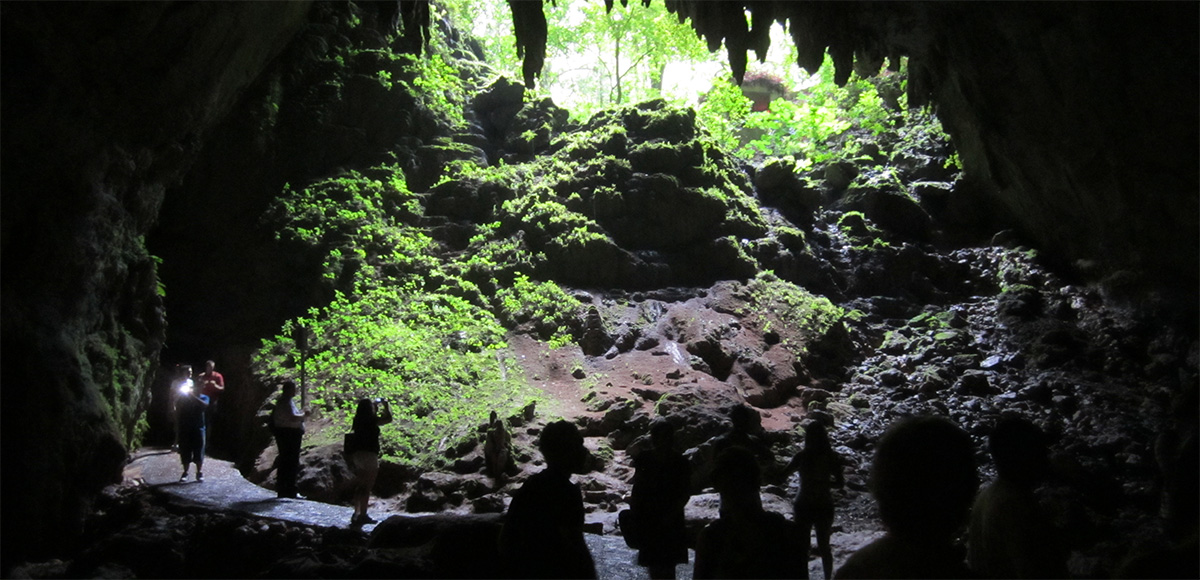
Caverns of the Camuy River National Park is one of the most spectacular places in Puerto Rico. It is the third largest underground river and cave system in the world where 18 entrances have been discovered so far. The Río Camuy Caverns are part of one of the most dramatic and massive cave systems in the Western Hemisphere.
So far, more than 10 miles of caverns, 220 caves and 17 entrances have been mapped in this Camuy cave system. This is just a fraction of the entire system that many experts believe still contains another 800 caves. This 268-acre underground treasure is part of a large network of natural limestone caves and underground waterways carved out by the world’s third-largest underground river, the Rio Camuy. | Read More →]
City Wall - “La Muralla”
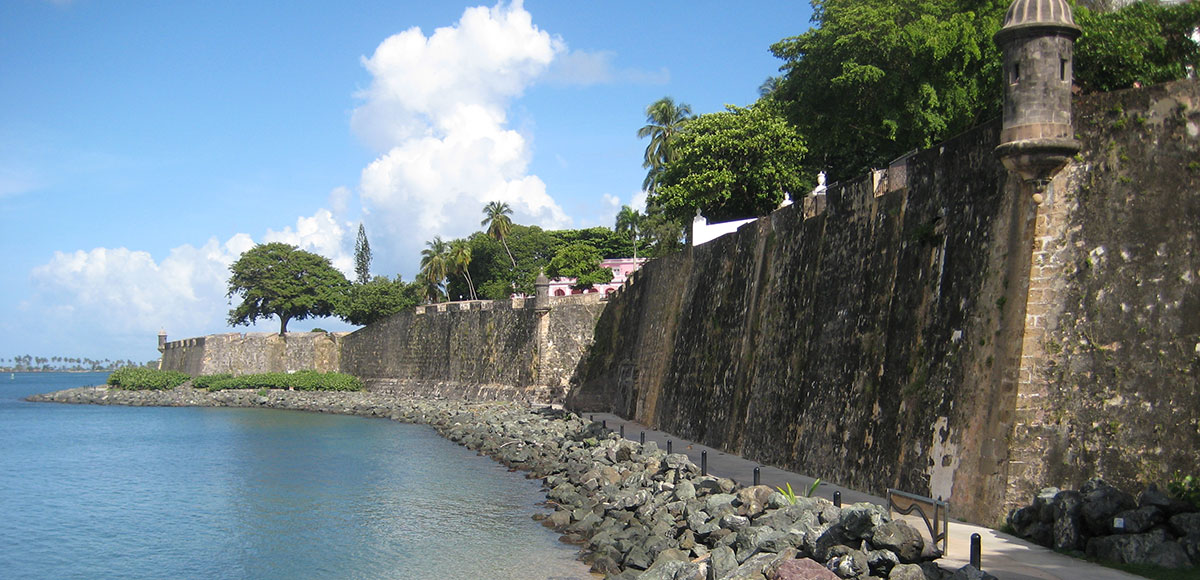
La Muralla, or the City Wall of San Juan, is a defensive wall that surrounds the historic Old San Juan district of San Juan, Puerto Rico. It is a UNESCO World Heritage Site and one of the most iconic landmarks in the city.
The wall was built in the 16th and 17th centuries by the Spanish to protect the city from attack. It is made of limestone and is about 10 feet thick and 20 feet high. The wall is punctuated by bastions, towers, and gates. | Read More →
San Juan Gates "Puertas de San Juan"
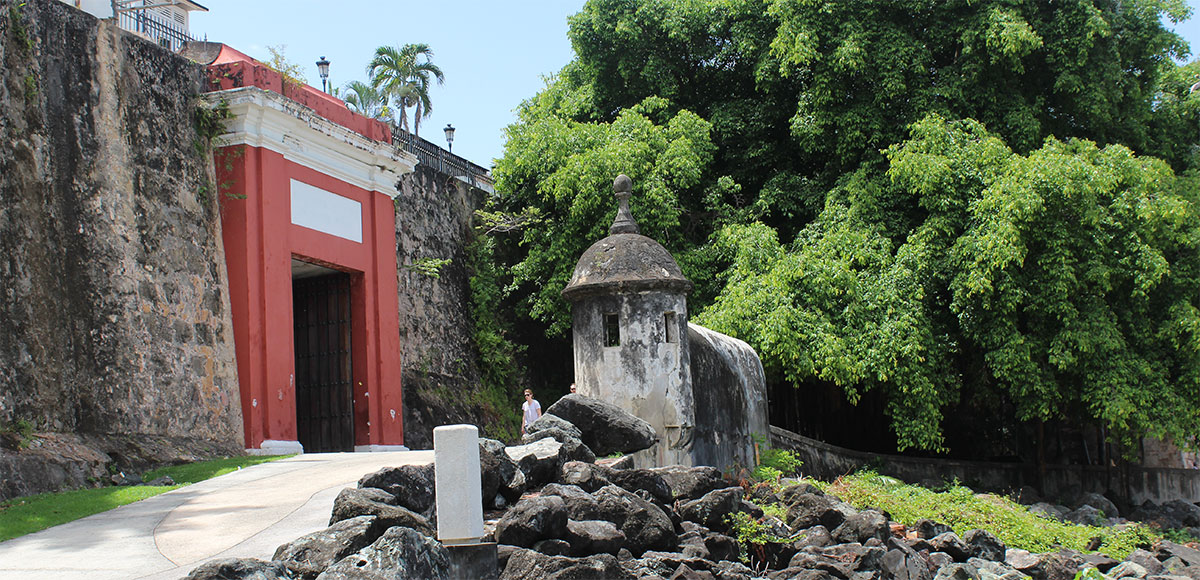
The San Juan Gates "Puertas de San Juan" are the five gates that once led into the walled city of Old San Juan, Puerto Rico. The gates were built by the Spanish in the 16th and 17th centuries to protect the city from attack.
The Puertas de San Juan are a popular tourist destination and offer stunning views of the San Juan Bay. They are also a reminder of the rich history and culture of Puerto Rico. | Read More →
The Capitol - "El Capitolio"

The Capitol of Puerto Rico, also known as El Capitolio, is located in the Puerta de Tierra sector of San Juan, Puerto Rico. It is home to the bicameral Legislative Assembly, composed of the House of Representatives and Senate.
The building faces the Atlantic Ocean and has a somewhat intimidating design. With its spectacular architectural design and beautiful friezes and mosaics added as a final touch, the building of the Capital of Puerto Rico is an impressive feat of construction and decoration that instills respect and admiration in everyone who comes through its doors. There are two main entrances to the Capital Building of Puerto Rico; one entrance is to the south and the other to the north.
The Capitol is one of the most popular tourist destination and is open to the public for tours. It is also a symbol of Puerto Rico's self-government and its rich history and culture. El Capitolio is a beautiful and imposing building that is a must-see for anyone visiting Puerto Rico. It is a symbol of the island's rich history and culture and its commitment to self-government. | Read More →
Plaza de Armas: A Historic Heart of San Juans
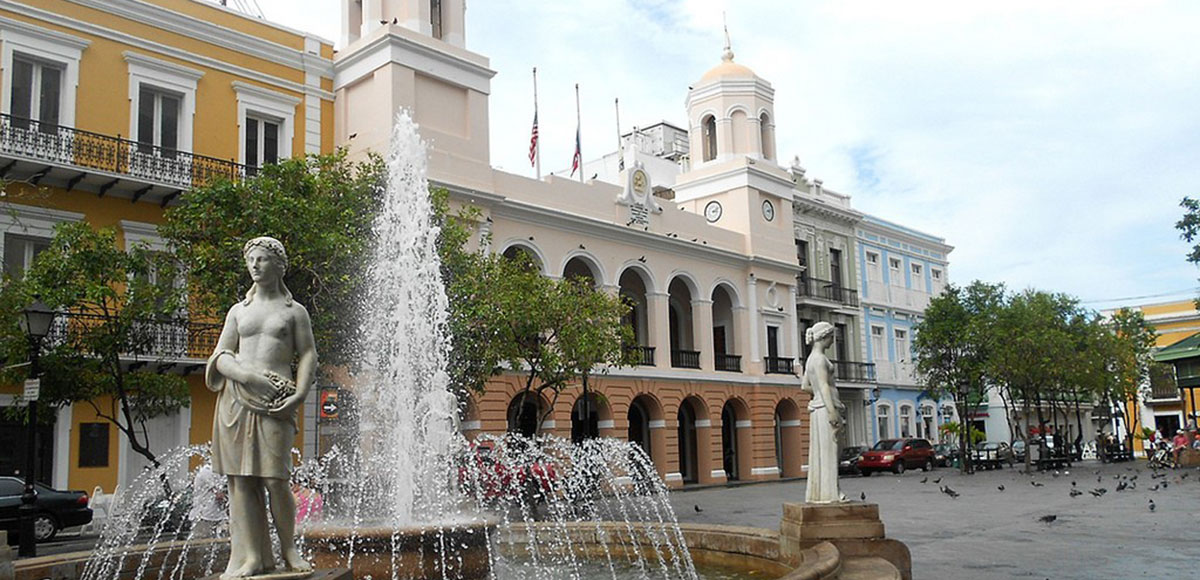
Plaza de Armas is a large public square located in the heart of Old San Juan, Puerto Rico. It was originally designed as the main town square for the city and was built in the 16th century by the Spanish. The square is home to a number of important landmarks, including:
- The San Juan City Hall
- The Puerto Rico Department of State
- A fountain with four marble statues representing the four seasons
- A bronze statue of Tito Curet Alonso, a famous Puerto Rican salsa composer
Plaza de Armas is a popular spot for tourists and locals alike. It is a great place to relax, people-watch, or enjoy a picnic lunch. The square is also often used for cultural events, such as concerts and festivals.
Plaza de Armas is a beautiful and historic square that is a must-see for anyone visiting Old San Juan. It is a reminder of the rich history and culture of the city. | Read More →
El Yunque National Forest
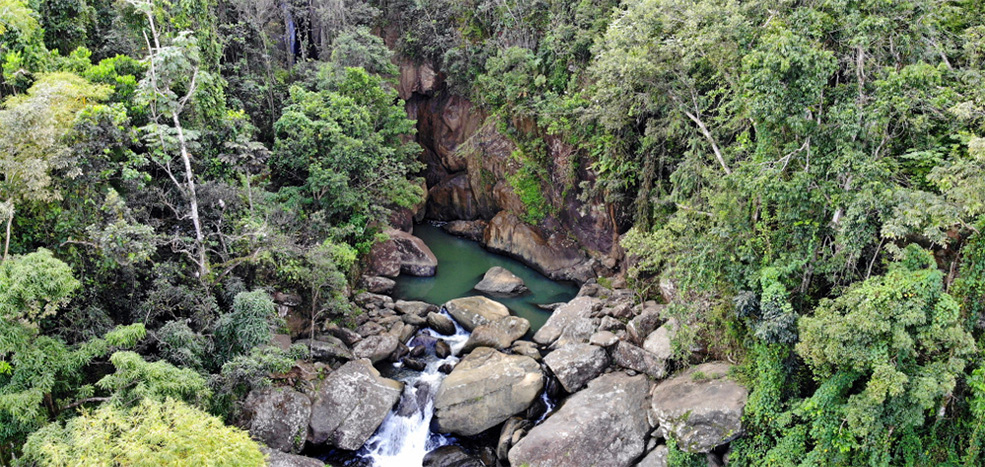
El Yunque National Forest, formerly known as the Caribbean National Forest (or Caribe National Forest), is a forest located in the northeast of Puerto Rico. It is the only rain forest included in the United States National Forest System and the United States Forest Service. It is known for its rare trees and birds. It is one of the smallest rain forests, but it has a diverse habitat and is the most biologically diverse. The forest offers a series of panoramic views and trails from which you can appreciate the flora and fauna of the jungle territory.
All of the El Yunque peaks offer wonderful views of the surrounding forest, neighboring peaks, incoming clouds, and the nearby Atlantic Ocean and Caribbean Sea. Is the most visited attraction on the island and part of the United States National Forest. Most tourists and locals visit El Yunque as a morning or afternoon trip or visit with tour guides.
To really appreciate this amazing ecosystem, it is recommended to spend at least a full day exploring the lush and misty forest walking along the trails and refreshing yourself under waterfalls and natural pools with spring waters. | Read More →
Caguana Indigenous Ceremonial Park
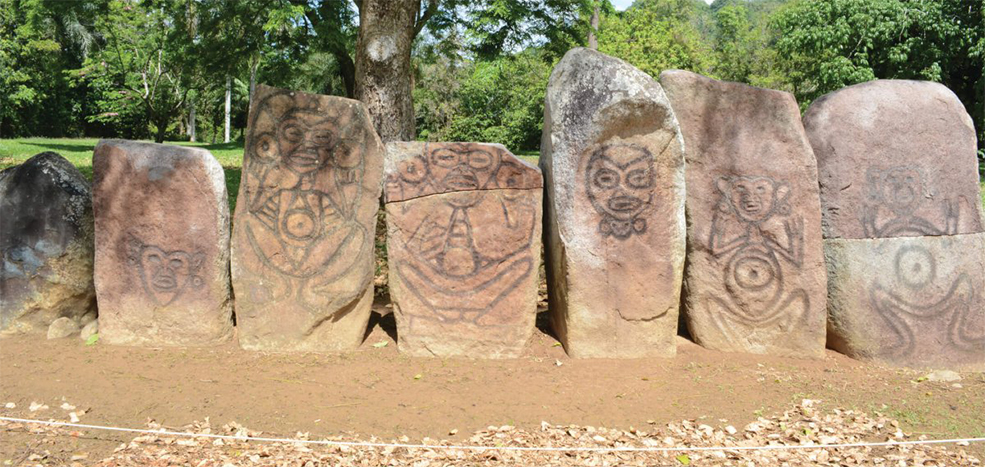
Parque Ceremonial Indígena de Caguana is the Spanish name for the Caguana Indigenous Ceremonial Park. It is an archaeological site located in the town of Utuado in Puerto Rico. The park is considered to be one of the most important Taíno archaeological sites in the Caribbean.
The park is home to 10 bateyes, which are ceremonial ball courts. The bateyes are made up of two parallel rows of stones, with a raised platform at one end. The ball courts were used for a variety of purposes, including games, rituals, and ceremonies.
The park also has a number of petroglyphs, which are rock carvings. The petroglyphs depict a variety of images, including animals, people, and symbols. They are believed to have been created by the Taíno people to communicate with their gods and ancestors.
The Caguana Indigenous Ceremonial Park is a fascinating place to learn about the culture and history of the Taíno people. The park is open to the public and offers guided tours. | Read More →
Old San Juan, Puerto Rico
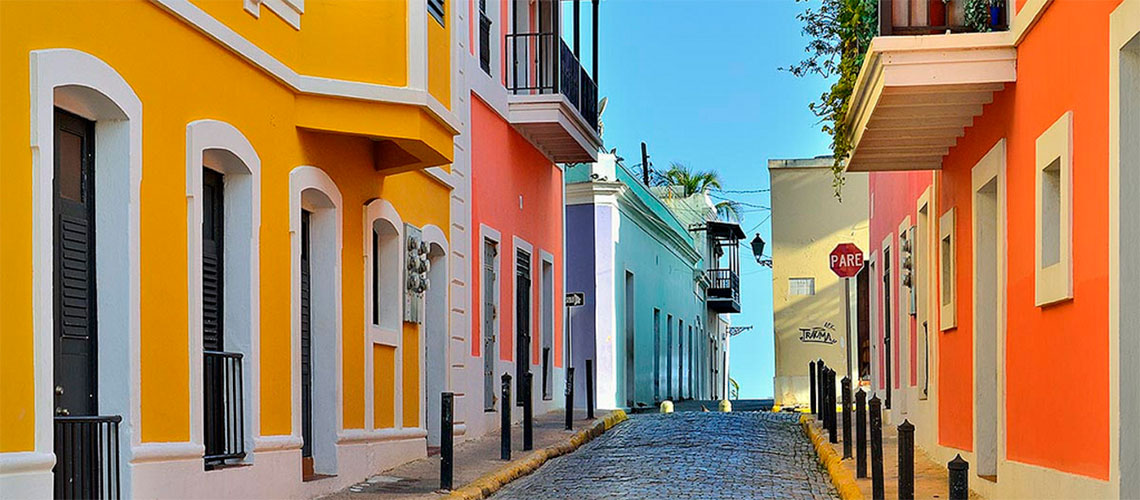
Old San Juan is a historic district in the heart of San Juan, Puerto Rico. It is one of the oldest continuously inhabited European settlements in the Americas, and it is a UNESCO World Heritage Site. Old San Juan is known for its colorful colonial architecture, its cobblestone streets, and its many historical landmarks.
In addition to its historical landmarks, Old San Juan also has a vibrant cultural scene. There are many art galleries, museums, and theaters in the district. Old San Juan is also a great place to enjoy Puerto Rican cuisine. There are many restaurants serving traditional dishes such as mofongo, pastelón, and coquito.
Whether you are interested in history, culture, or food, Old San Juan is a must-visit destination for any traveler to Puerto Rico. | Read More →
